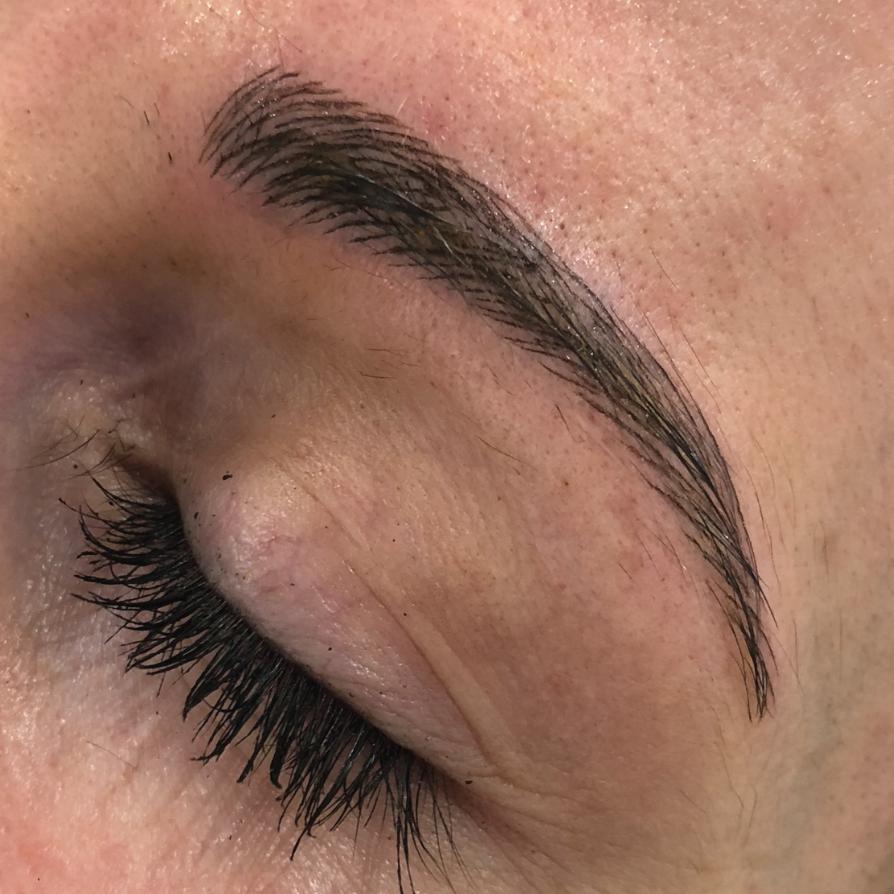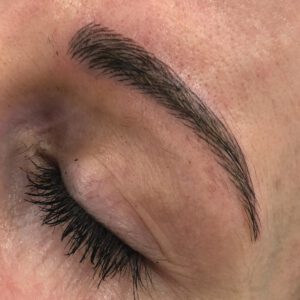Event Design Dallas is a complex process that includes many aspects. It involves creating a design that reflects the event’s goals and resonates with the audience. It also includes planning the event, developing a budget, and preparing for potential unforeseen circumstances.

Another important aspect of the event is finding a suitable venue. This means assessing the venue’s capacity, negotiating with vendors, and ensuring the event will succeed. Event design is a crucial aspect of any event, and it can take time to get right. Overlooking even the smallest component can lead to failure, so event designers need to plan systematically. They should start by identifying the purpose of the event and the specific goals they want to achieve. This will help them create an experience that resonates with attendees and reflects their brand image.
Next, they will research the event’s target audience to understand their needs and preferences. This can be done through market research, interviewing participants, and creating a mood board. They will also consider the event’s timeline and budget requirements. This will help them plan the event to meet the desired objectives and create a visually appealing atmosphere.
Lastly, they will create a detailed event program. This will include the content, speakers, and engagement strategies that will support the event’s goals. They will also consider how they can use digital capabilities to collect feedback and analyze the effectiveness of the event.
The final step is to review the design and make adjustments as needed. They will test various layouts and themes to find the perfect one for the occasion. They will also experiment with lighting, such as uplighters and projecting images on dance floors, to create a unique ambience for the event. They will also look at the seating arrangement, including whether it should be round tables or rows of seats.
A venue is the backbone of an event and can have a major impact on the overall experience for attendees. This is why it’s important to consider the space and its capabilities when choosing a location. Whether you’re planning a wedding reception or birthday party, you’ll need to have the right space to make your event a success.
A good event designer will know how to transform the venue into something magical. They’ll use creative techniques to attract attention and create the right mood for an event. They’ll also be able to handle any special needs or desires that a client may have. For example, they’ll be able to provide a wheelchair ramp or a private room for parents.
The first step in an event design process involves determining what you want your event to accomplish. This will help you pick a theme, format and venue. It will also guide you in choosing your event speakers and performers. It’s essential to have contracts in place for all of these items so you don’t end up with a headliner who doesn’t show up. Additionally, it’s important to conduct a venue walk-through with the staff. This way, you can be sure the venue is as beautiful as it looks online. It’s also important to check out the lighting and furniture. For example, you might choose to highlight the entrance with an arch or long linear tables.
Choosing the right theme for an event is essential. It sets the tone, enables the event to communicate its message, and attracts registrants. Nailing down a theme is also a great way to organize the event’s design and make other details fall into place.
Themes are often used at events for their ability to evoke emotions, convey a storyline, and create buzz prior to the event. Having the right theme can help an event organizer stand out from competitors and deliver a one-of-a-kind experience for attendees.
Nailing down a theme is a key step in the process of selecting the right venue, catering, and activities for an event. It’s important to ask the right questions to ensure that the chosen theme matches the event goals and the audience.
For example, a theme based on an historic landmark or iconic city can be a fantastic choice for a historical event. It can incorporate traditional elements such as the Queen’s Guard salt and pepper shakers or a map centre runner for table settings. This is a great theme for outdoor events and can include the use of red, white and blue colour schemes.
Another theme that would work well for an event is a space themed event, which could involve the use of starry backdrops and twinkling lights. This is a fun theme that can be incorporated into both in-person and virtual events. A music theme is another great option, especially if it’s a dance party. This can be done by using a DJ with a laser light show and incorporating the use of musical instruments or a dance area.
The right use of colors in event design can create a mood that will make the experience more enjoyable for your guests. Colors convey a wide variety of feelings, and they are also associated with specific attributes or qualities, such as red representing passion and drama, yellow promoting positivity, and blue evoking intelligence and trust.
When planning your next industry event, it’s important to keep in mind the impact of your choice of colors. Using the correct hues can make your event feel polished and professional, while a poorly chosen color palette can leave attendees feeling confused and overwhelmed.
To choose the best colors for your event, start by deciding what overall mood you want to project. You can then select colors that are associated with those feelings. For example, bright colors can create a festive or celebratory atmosphere, while darker colors can convey a more serious tone.
Once you have selected your primary color, it’s time to consider the secondary and tertiary colors. You can create these by combining the primary colors with a shade of each one, such as magenta (red + blue) or yellow (yellow + green). You can also choose to go monochromatic by choosing a single color and working with varying shades and tints.
When designing your industry event, be sure to use colors that contrast with each other. Otherwise, it will be difficult for attendees to read your information and understand the context of your visual messaging. In addition, you should be mindful of how colors interact with people with visual impairments. For instance, a low value contrast between two hues can render them impossible to distinguish for people with moderate vision loss.
Lighting is a very important aspect of event design, as it can enhance the overall experience. It can create a dramatic effect, and it can also highlight specific areas of the venue. For example, you can add uplighters around the entrance to create a unique ambiance. This will make it easier for people to find their way in and out of the event. You can also use different colors to emphasize certain aspects of the event. For instance, you can use blue lighting for registration to set the tone before the event begins.
Other types of lighting include gobos, uplighting, and color changing. These can be used to display images, logos, and corporate visuals. This is especially helpful for product presentations or event-related marketing materials. These can be displayed on walls, floors, or pillars. They can also be projected onto a screen or wall for added impact.
Another popular type of event lighting is called intelligent lighting, or moving head lights. These are a great choice for any event and can be used to illuminate stages, walls, or ceilings. They can also be used to create different ambiances or effects, such as haze or fog. Some of these lights come with gobo wheels, flags, and internal dimmer controls to mix custom colors. They can also be rigged on trusses or other structures to add depth and dimension to a space.
Decor is one of the most important parts of event designing. It helps set the mood and creates a memorable experience for attendees. Whether you’re hosting an intimate wedding reception or a corporate conference, the right decorations can make a huge difference in the overall look and feel of the event. Some events may require more elaborate decor, such as unique stage backdrops and custom set pieces.
Using unique table decorations, floral arrangements, and unique lighting is a great way to add an elegant touch to your event. The choice of colors is also important, as some shades can evoke a certain mood or atmosphere. For example, pastels can create a relaxing atmosphere, while bold colors can be used to convey excitement or energy.
The selection of furnishings and equipment is also a vital part of the design process. Effective use of furnishings and equipment is essential to balance the space and to add character. For example, an imposing entrance arch can be used to draw the eye upwards, and long linear tables can be used to create a banquet effect.
Some people want to become event designers but don’t have the resources to pursue a university master’s degree. Others prefer to start as an assistant to an established planner or designer, which can help them build a portfolio and gain work experience. Then, they can transition to being a freelance event designer with the support of their professional network.

